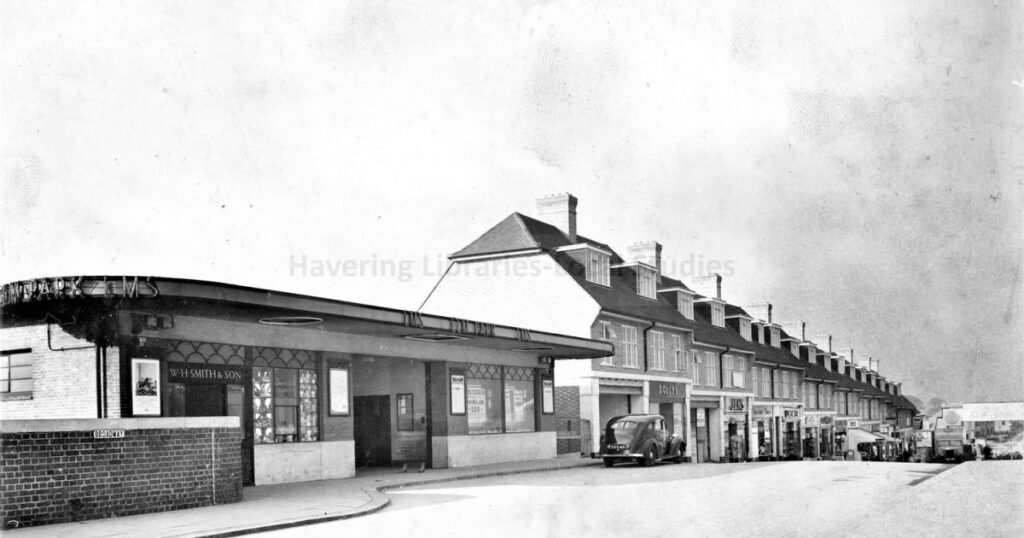Havering’s newest train station – Elm Park – was officially opened 90 years ago in May 1935.
The railway line had actually cut through Elm Park since 1885, but it was not until the 1930s that construction company Costain negotiated a deal for the station.
Elm Park station and the road bridge over the railway line under construction in 1935 (Image: Havering Libraries-Local Studies)
It was one of a host of east London stations to be built in that decade as part of the new District line route from Barking to Upminster.
After new tracks were laid in 1932, stations such as Dagenham Heathway and Hornchurch soon opened, with Upminster Bridge following in 1934 and Elm Park the year after.
The official opening ceremony for the station coincided with the launch of the new “Elm Park Garden City” – a Costain development project to create a suburb with a population of 35,000 people.

Then-minister for health Sir Hilton Young MP formally unlocked the station with a silver key, entering through a ceremonial arch.
According to Havering Libraries, Elm Park station was central to Costain’s marketing campaign for the area, which “illustrated the ease of travel” both into London and out to Southend.
READ MORE: Havering train stations ranked by most to least used in 2024

The number of passengers boomed as the estate grew – with the station being recognised for having the biggest passenger increase across the London, Midland and Scottish Railway (LMSR) network in 1936.
Railway tickets were being issued to commuters on a Sunday by 1939 to alleviate long queues on a Monday morning, says Havering Libraries.
After the railways were nationalised in 1948, management of the station passed from LMSR to British Railways, and the station later became part of the London Underground in 1969.




